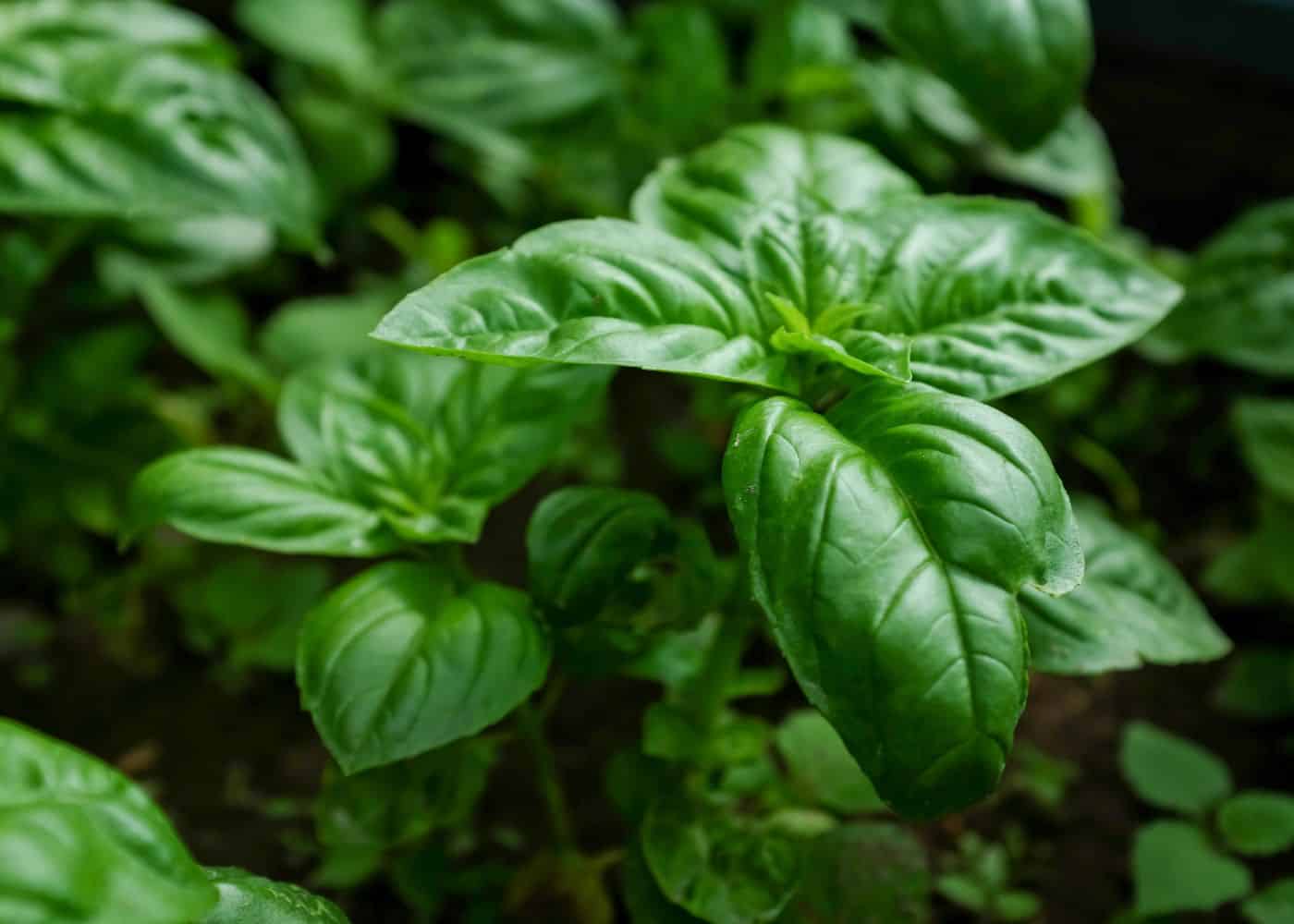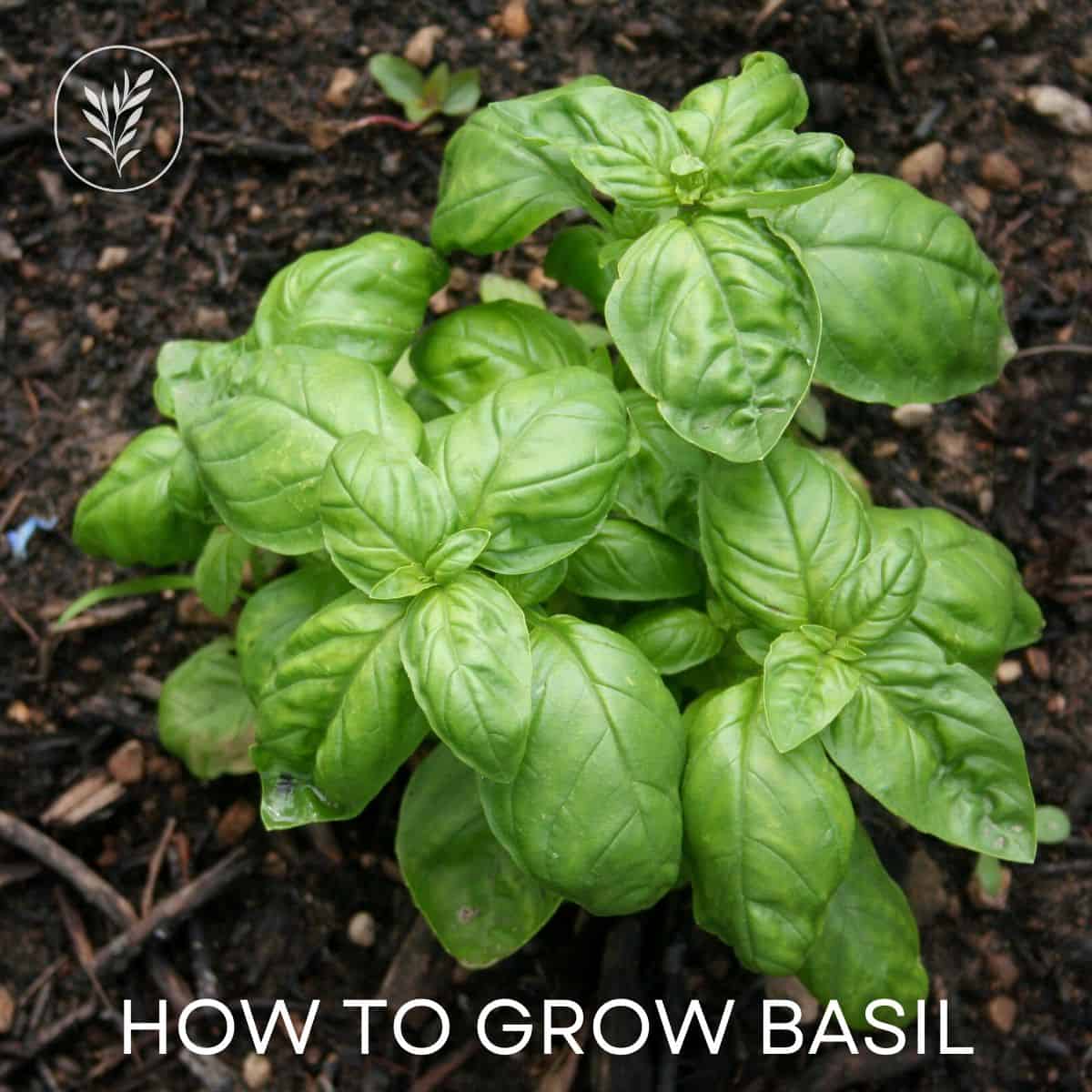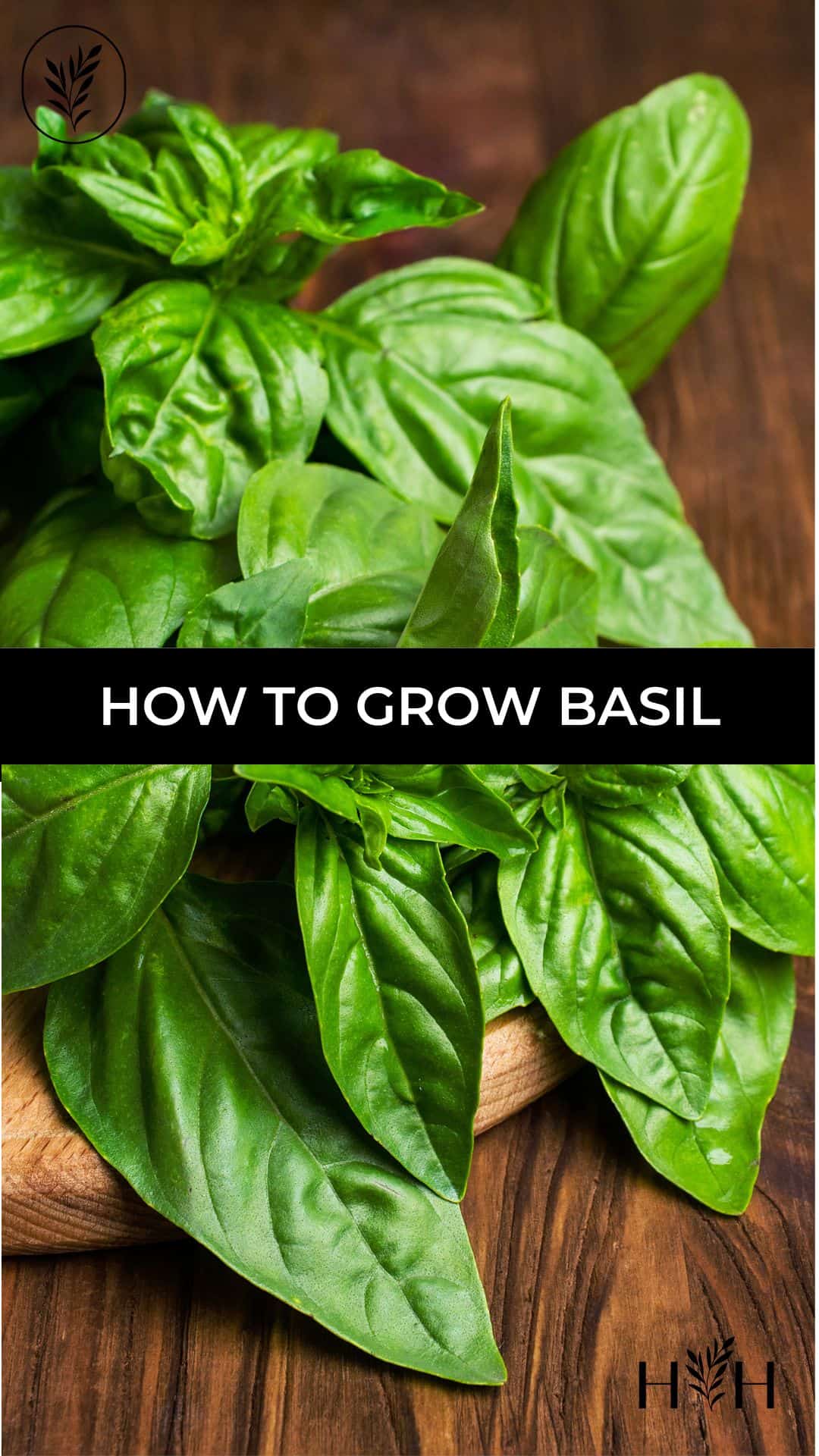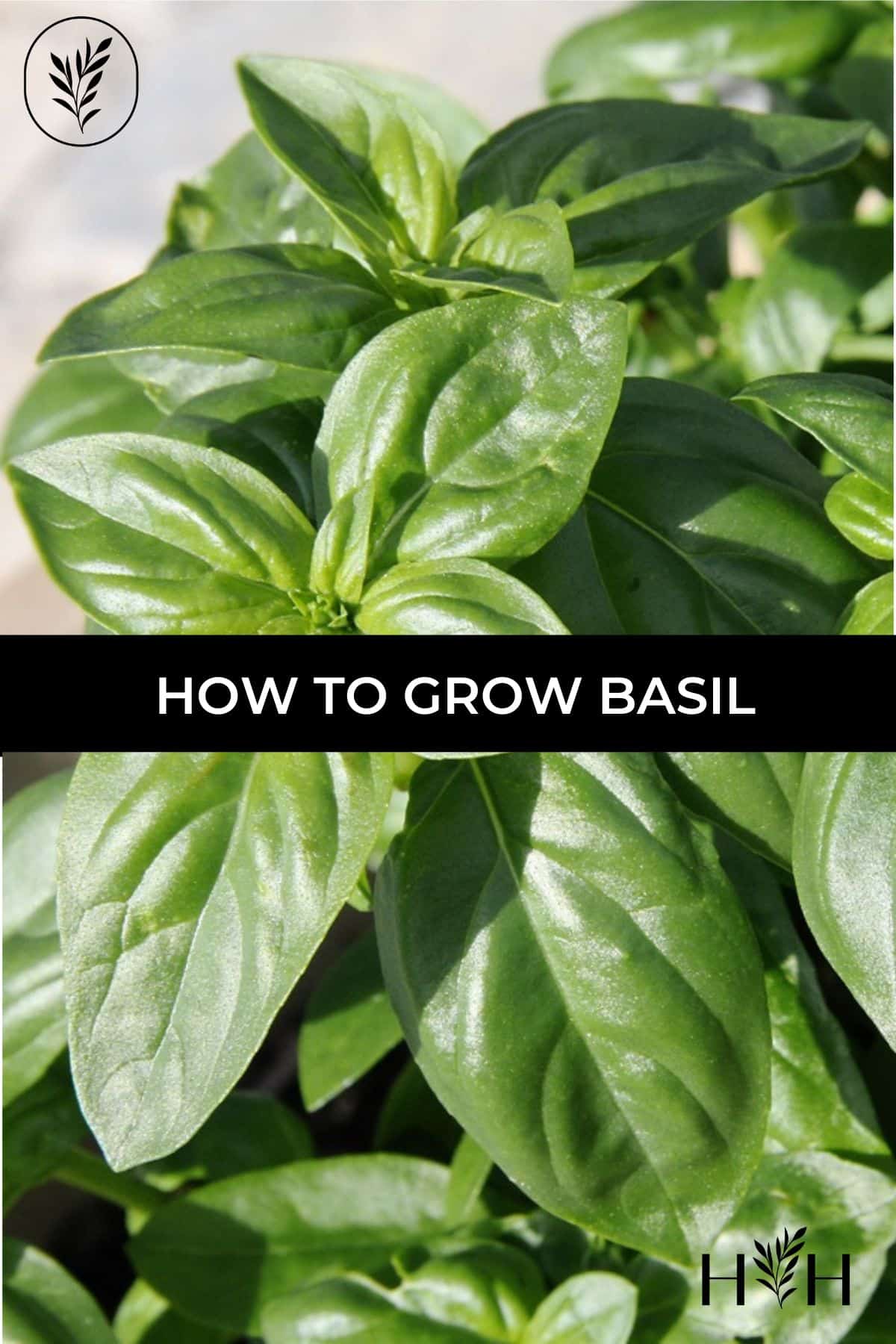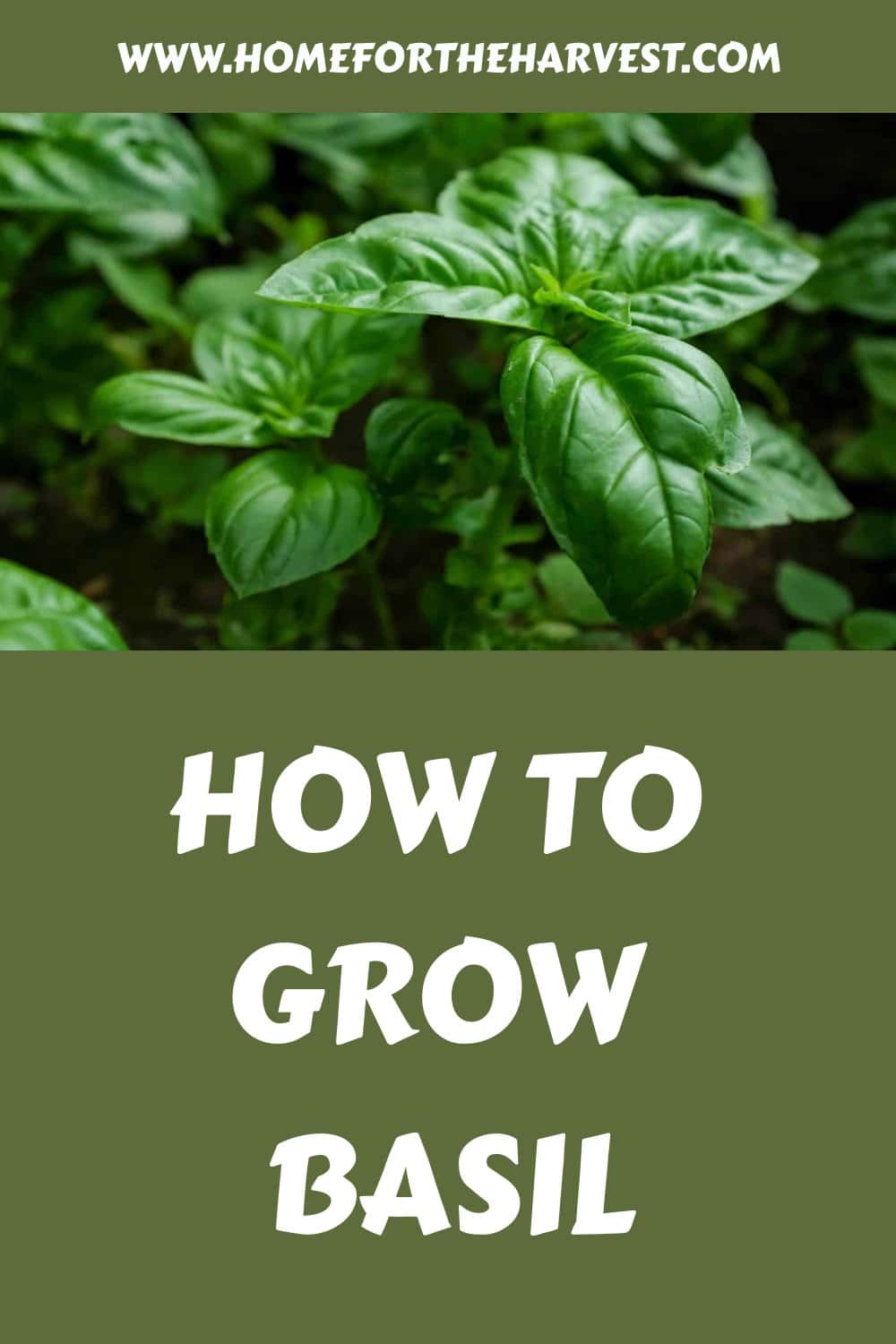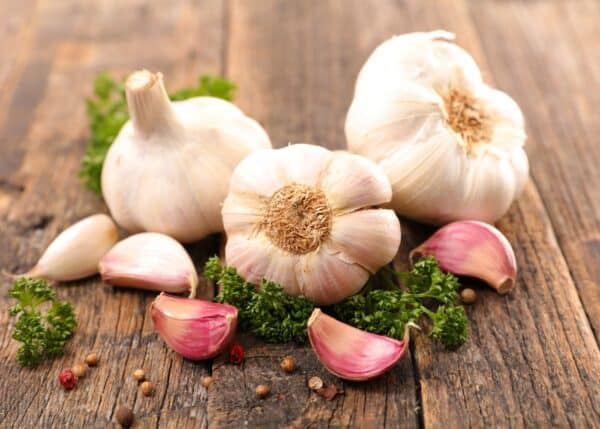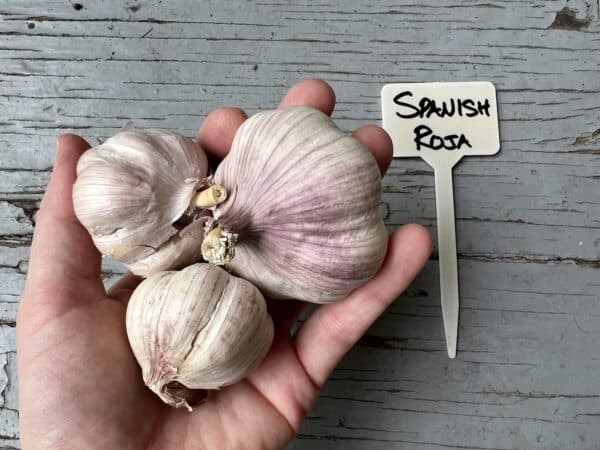When you think about starting a herb garden, one of the first plants to come to mind is basil. This versatile herb is famous around the world for its wonderful flavor and ease of use in the kitchen. And fortunately, it’s easy to learn how to grow basil!
Basil plants need a full day of direct sun and well-draining soil for the strongest possible growth. Pinch the stems when the plants are young and trim any flowers to encourage more leaf growth. Leaves will be ready to harvest 2-3 months after planting.
Basil is at its best when harvested fresh from the garden. These plants are grown as annuals but can be planted as perennials in tropical climates.
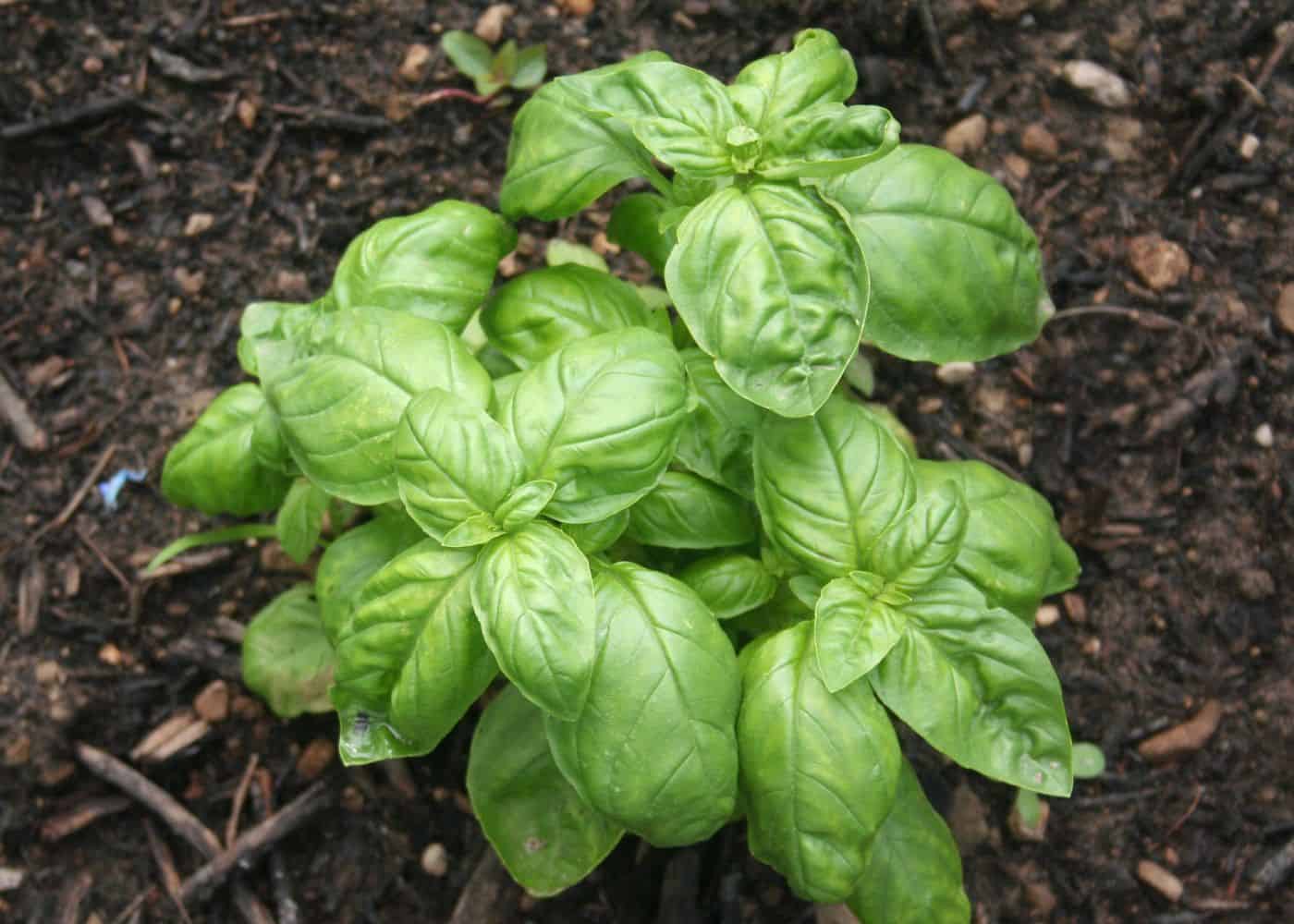
About basil
Basil is scientifically known as Ocimum basilicum, part of the Lamiaceae family. This family contains many popular fragrant herbs, including rosemary, sage, and (of course), mint.
The specific epithet ‘basilicum’ has Latin and Greek roots, roughly translating to ‘royal plant’. The plant is native to tropical regions around the world, particularly in India.
As they are accustomed to growing in warm environments, they are usually grown as annuals in most parts of the world, or short-lived perennials for those in warmer regions. Since herbs are at their tastiest and most flavorful when they are young, new basil plants are typically preferred over older established plants that can also become sparse and woody over time.
Basil is often used in Mediterranean-inspired dishes. The image and scent of the herb usually remind me of pizzas and pastas first, dishes commonly associated with the region. But basil has tons of uses in the kitchen and around the home, making it a worthwhile addition to your garden.
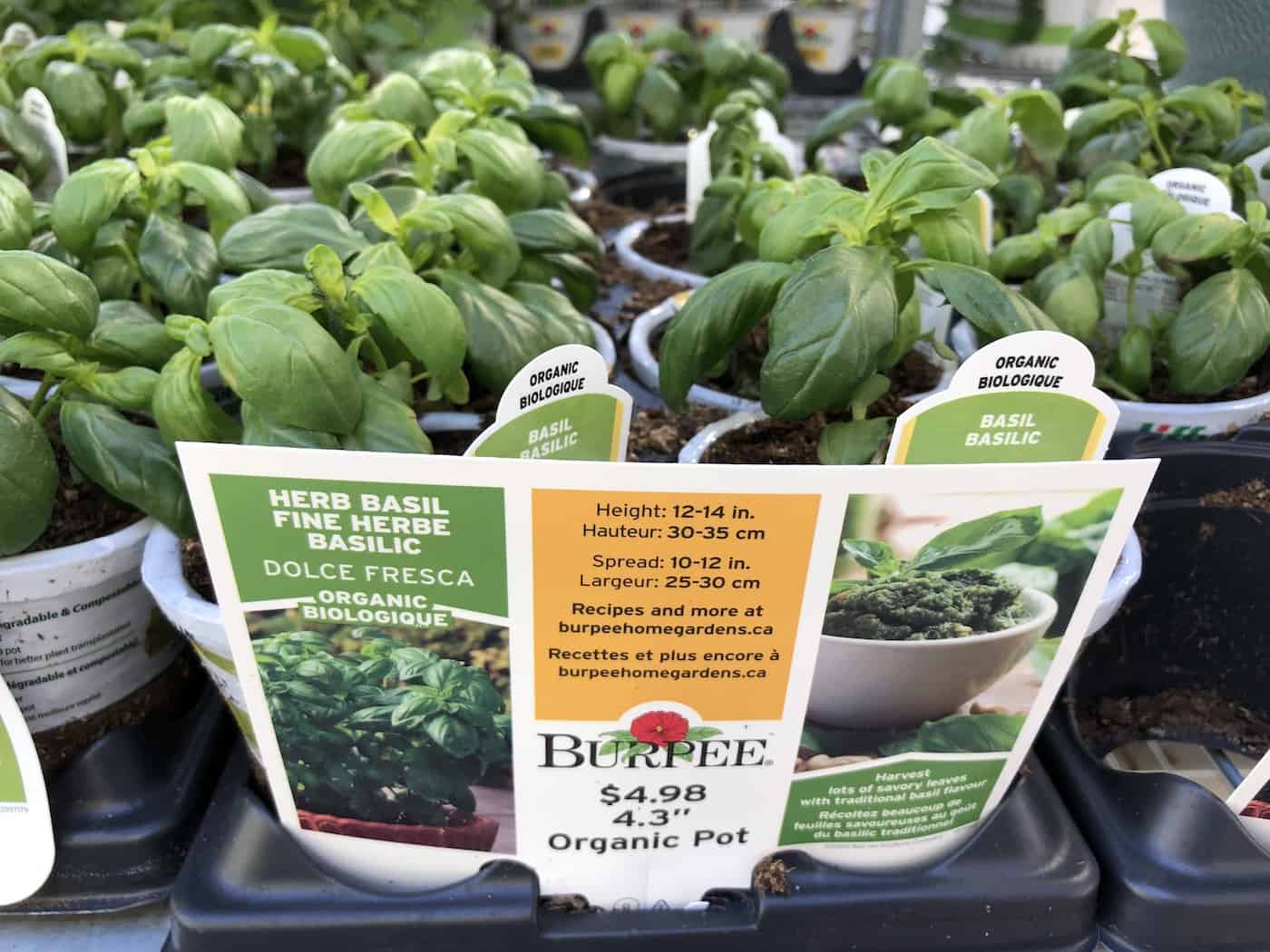
Basil varieties
The plant most people refer to when they use the term basil is also known as sweet basil. While this is the most popular option commonly found in stores and nurseries, the benefit of growing your own basil is that you can choose a more unique variety or cultivar. This allows you to grow types you wouldn’t be able to find in a grocery store.
Try growing any of these interesting basil types in your garden:
- Thai basil: Native to and widely used across Southeast Asia, this basil type has a more intense, almost licorice flavor with a hint of spice. The leaves are smoother and pointed with an upright growth habit.
- Genovese basil: One of the most popular cultivars, originating in Italy. The large and flavorful leaves are most commonly used to make a classic basil dish – pesto.
- Dark opal basil: Developed in the 1950s, this captivating cultivar has deep purple leaves that make a wonderful addition to any dish and really stand out in the garden.
- Lettuce leaf basil: True to the name, this basil has large crinkled leaves that look just like lettuce. Their flavor is much more subtle, great for eating fresh in dishes where intense sweet basil flavor may become overpowering.
- Lemon basil: For those who love citrus, this basil is for you. The leaves have a touch of lemon scent when crushed, with a subtle lemon flavor that makes this variety unique.
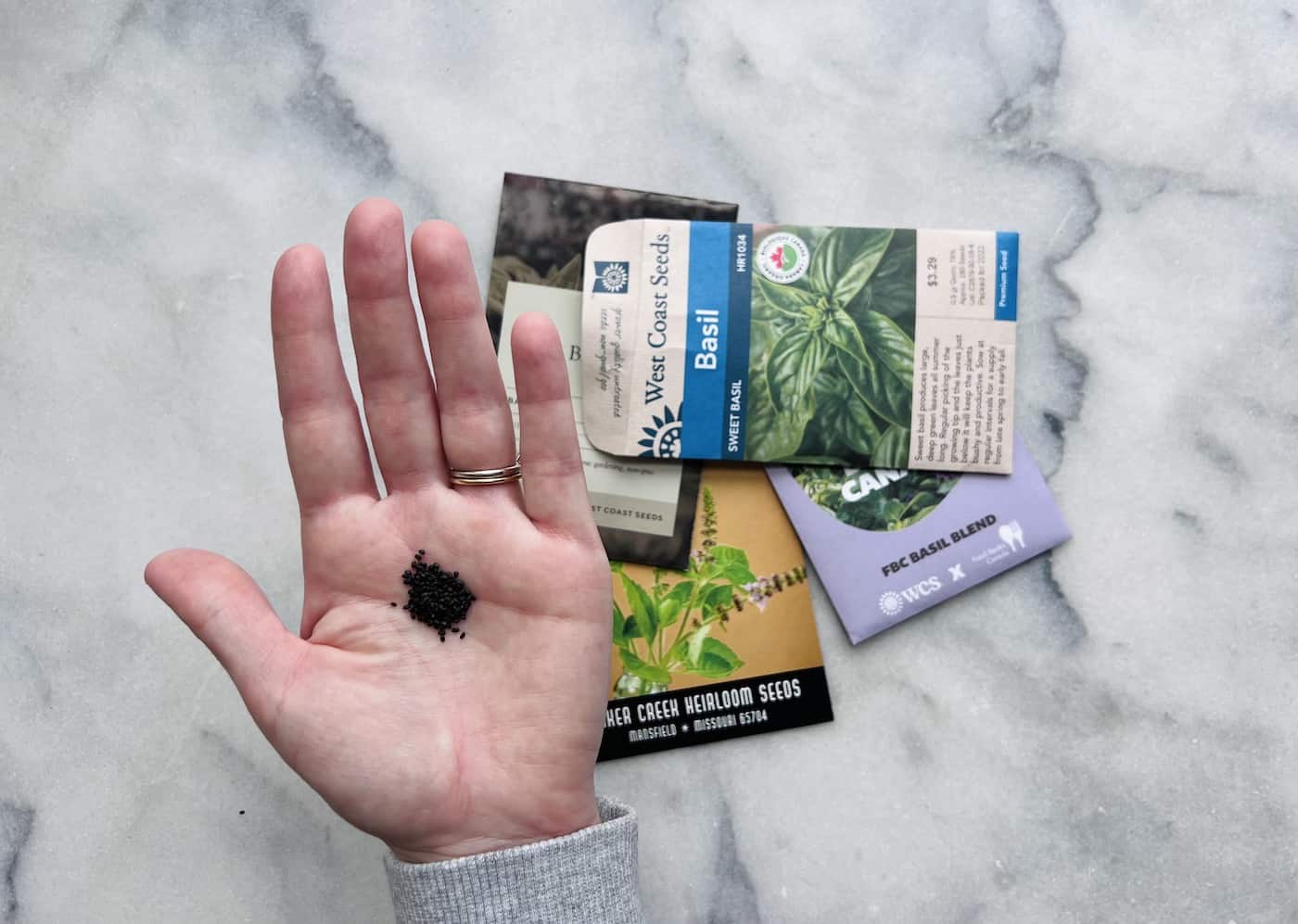
Planting basil
Basil can be planted from seeds, seedlings or starter plants from a nursery. You’ve probably also seen basil in pots at your local grocery store. However, these are sold for harvesting and don’t grow very well when moved out into the garden. For the strongest possible plants accustomed to your garden environment, it’s best to grow from seed.
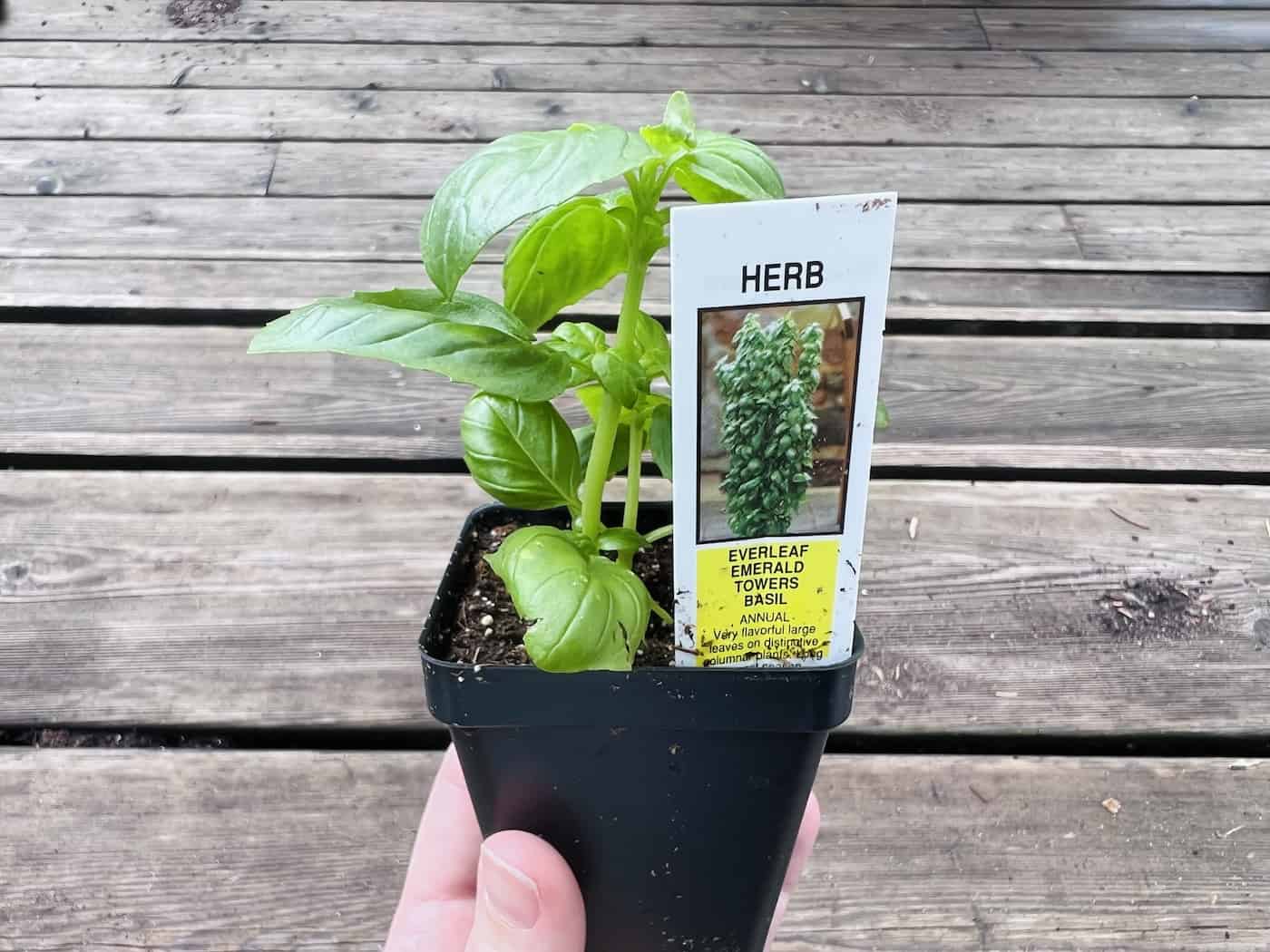
Where does basil grow best?
As basil is usually grown as an annual, it can be planted in any USDA Zone during the warmer months. However, those in Zones 10-12 can consider growing basil as a perennial, although they are best replaced after a few seasons for a strong harvest and better flavor.
Choose a position with well-draining soil and plenty of direct sun throughout the day. Avoid areas where water collects after rain as moisture damage can kill off the roots and leaves, limiting your harvest. Also, clear the site completely of weeds before you plant to prevent any competition. The better the plant grows, the better the leaves will taste.
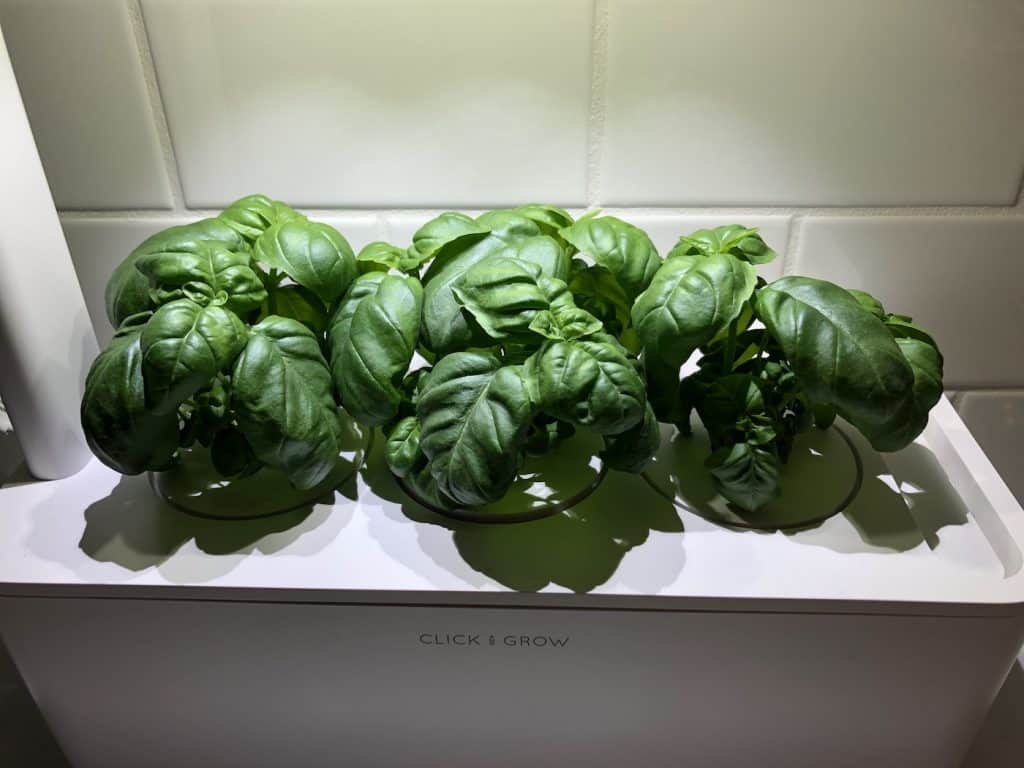
Can you grow basil indoors?
Basil is often recommended for indoor herb gardens, growing on kitchen windowsills or even your countertop. But in my experience, basil is one of the worst herbs you can choose to grow indoors.
These plants are fussy and difficult to keep satisfied when environmental conditions are not quite right. They need at least 6 hours of direct sun to keep producing leaves – a condition that is tough to come by indoors. If they don’t receive enough sunlight, the leaves will be much smaller and less flavorful, making them less useful in the kitchen.
The sensitive leaves also wilt quickly with rapid changes in environment and need watering at least once a day to stay upright. I don’t think the level of maintenance needed is worth it for the meager harvest you’ll get at the end of the day.
I’ve had plenty of success growing less fussy herbs indoors, like mint and chives. These plants are happy to grow almost anywhere and although they don’t grow as prolifically as they would outdoors, they still grow well enough to harvest regularly without much extra effort.
When should I plant basil?
Basil is incredibly sensitive to cold temperatures. The plant will die off quickly with a single frost and wilt and drop leaves if temperatures dip too low. You’ll need to wait until all chance of frost has completely passed and temperatures are regularly above 60F before moving the plants outdoors.
If you live in a colder region and want to get a head start on the growing season, I recommend sowing indoors. Sowing the seeds about 6 weeks before the last frost date in your region means they will be strong and ready for transplanting as soon as temperatures increase. Those in warmer environments can sow seed directly into the ground or look for seedlings at your local nursery.
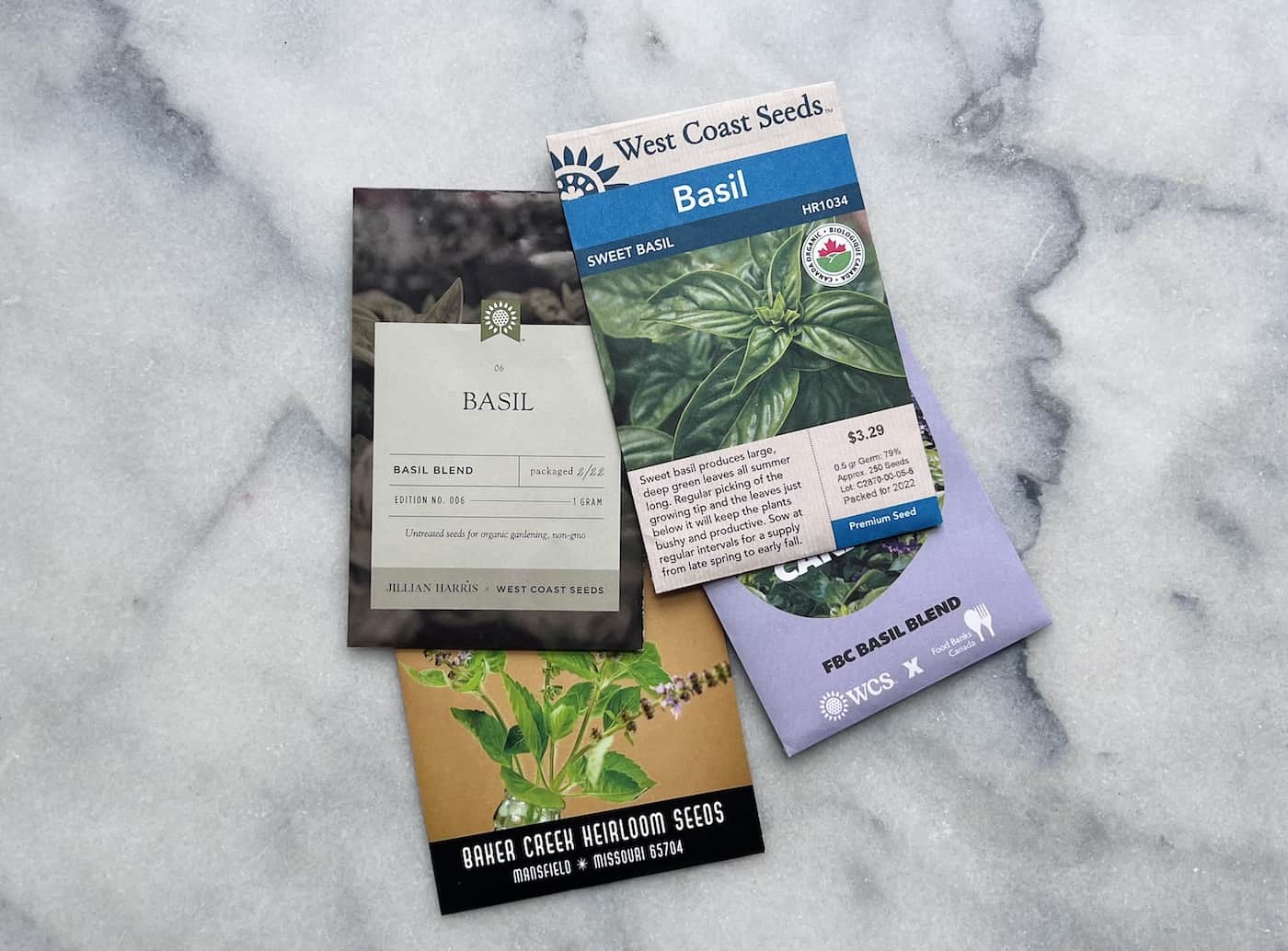
How to plant basil
Sow basil seeds in seedling trays, following these easy steps:
- Sprinkle seeds over a high-quality seed-sowing mix. Don’t plant too deeply – less than half an inch is preferred. You can also sprinkle the seeds and cover with a thin layer of extra sowing mix.
- Once new growth appears, thin the seedlings to around 12 inches apart. Larger varieties will need some more space to grow to their full potential. Plant slightly closer in containers to fill out the pot.
- Keep the soil moist to encourage new root growth. When sowing indoors, you may also need the help of a heating mat to produce the required temperatures for strong and healthy growth.
- Transplant outdoors once the soil has warmed significantly. Amend the soil with plenty of compost before planting and fertilize with a slow-release general fertilizer to boost growth early on.
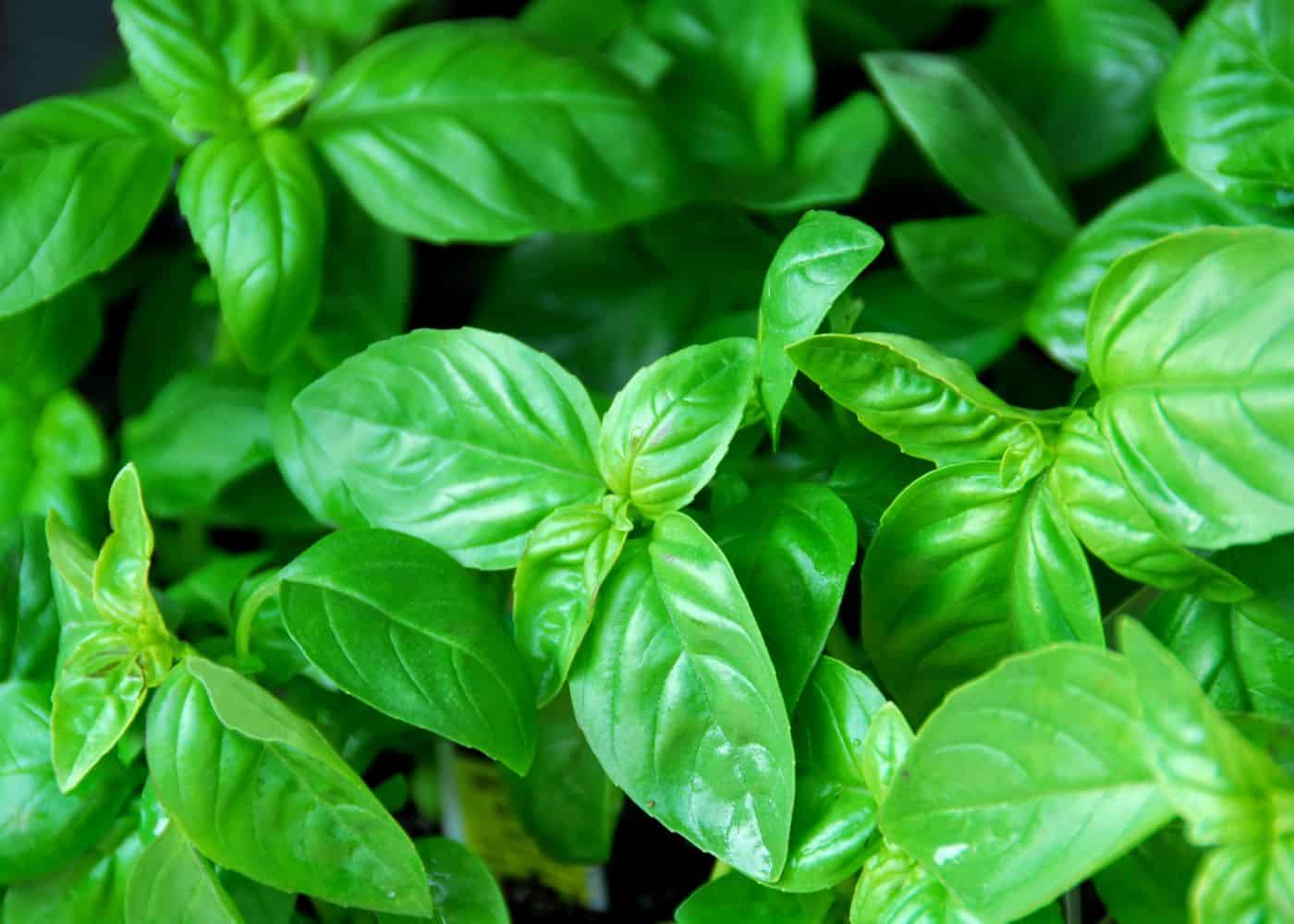
Basil care
Once you’ve planted in the perfect spot, basil is not a difficult plant to grow. A few simple maintenance tasks will keep you harvesting up until the end of summer.
Light
Basil loves sunlight. These plants need a full day of direct sun to produce large and lush leaves. Six hours is the recommended minimum, but I would aim for eight hours per day or slightly more for the best possible growth.
When planting, ensure your basil won’t be shaded by any nearby plants or structures for large parts of the day. The more sunlight they get, the better your plants will grow.
Soil
Plant your basil in well-draining soil enriched with compost. These fussy plants can’t tolerate clay soils and need good drainage to prevent rot.
When planting in containers, use a high-quality potting mix and ensure your chosen container has drainage holes at the bottom. If not, cut or drill a few holes evenly across the bottom before planting.
Watering
Thanks to their thin and sensitive leaves, basil plants will quickly wilt when they don’t get enough moisture. They need watering every couple of days out in the garden and usually once per day in containers.
Watering frequency should increase with changes in temperature. For example, during hot days when the sun is intense, water more often to prevent stress. Don’t wait for the plant to wilt to water as this indicates it is already stressed. Aim to water in the mornings to allow the roots to absorb as much moisture as possible before the heat of the day sets in.
Fertilizing
Depending on the quality of your soil, you will likely need to fertilize your basil for an additional growth boost. I typically apply a slow-release fertilizer around the base of the plant once per season, and an all-purpose liquid fertilizer around once per month for those planted in containers. Avoid overfertilizing as this can hinder growth rather than help it.
Maintenance
In the early stages of growth, pinching the stems once or twice can help promote new growth and branching, making your basil bushier and more productive. Keep an eye out for signs of flowers and trim these off as soon as they appear as flowering can reduce leaf growth and negatively impact flavor. If stems start to become leggy, prune the plant back with clean and sharp shears to improve growth.
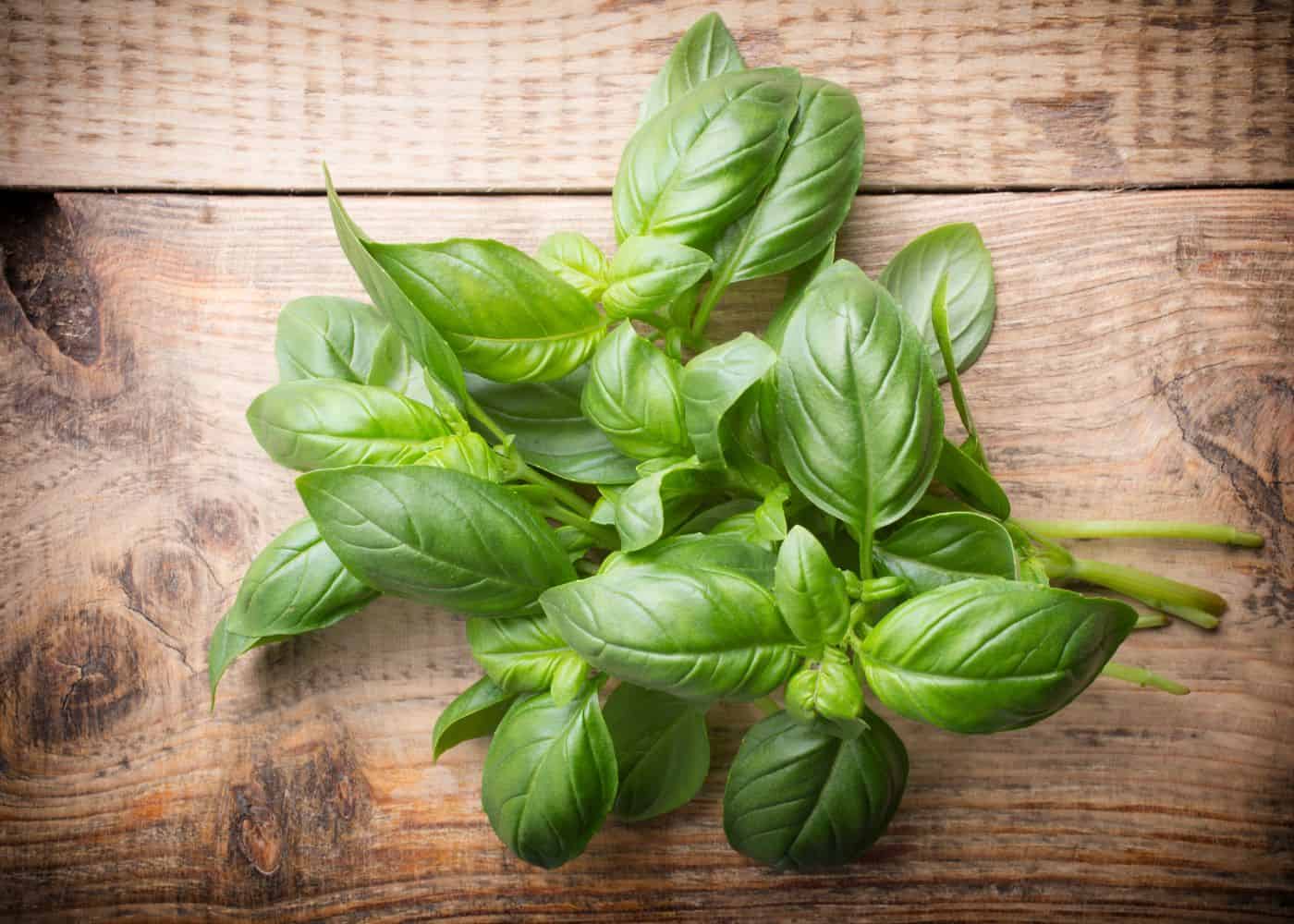
How to harvest basil
Your basil will be ready to harvest in around two to three months. When you’re ready to use them, simply snip off a few leaves from the tops with your shears. It’s best to wait to harvest until you are ready to use the leaves to maximize freshness and flavor.
After harvesting, you can use your basil in a wide range of dishes. My favorite use is a classic pesto, especially toward the end of the season when all the leaves need to be harvested before the first frost. But the leaves can also be tossed into salads, mixed into sauces, or sprinkled on your favorite Mediterranean dishes for a boost of basil flavor.


